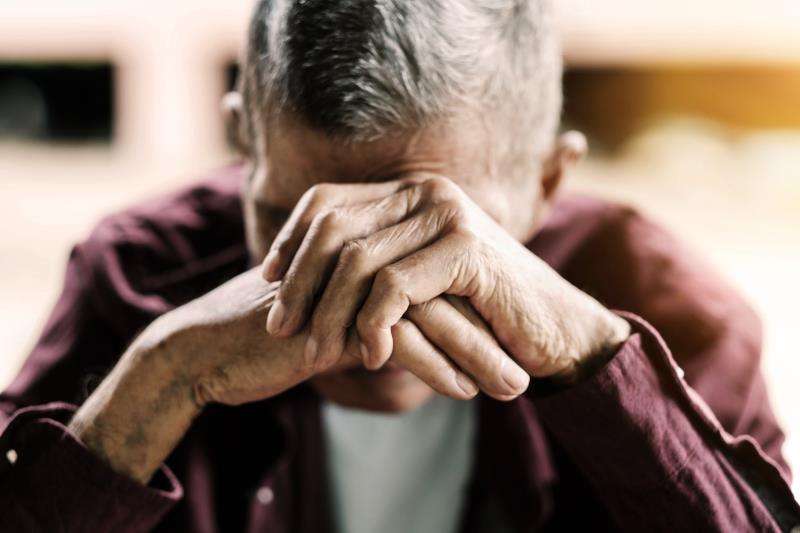
Depressive symptoms are a risk factor for new-onset home hypertension, as reported in a study.
For the study, researchers used data from the Tohoku Medical Megabank Community-Cohort Study and identified adults with home normotension (systolic blood pressure [SBP] <135 mm Hg and diastolic blood pressure [DBP] <85 mm Hg).
A total of 3,082 adults (mean age 54.2 years, 80.9 percent female) participated in the study. At baseline, all participants completed the Center for Epidemiologic Studies Depression Scale-Japanese version. Approximately 4 years later, the participants were assessed for the onset of home hypertension. Outcomes were compared between participants with and without depressive symptoms.
Of the participants, 729 (23.7 percent) had depressive symptoms at the baseline survey. Participants with vs without depressive symptoms were more likely to be female (88.6 percent), younger (50.3 vs 55.4 years), and have lower haemoglobin A1c, lower LDL cholesterol, and higher eGFR. Individuals with depressive symptoms consumed more alcohol and exercised less frequently.
At baseline, SBP was lower for participants with depressive symptoms, although the difference relative to those without the symptoms was not significant. Over 3.5 years of follow-up, incident home hypertension was reported in 124 (17.0 percent) and 388 (16.5 percent) participants with and without depressive symptoms, respectively.
Multivariable logistic regression models showed a positive association between depressive symptoms and home hypertension, with adjusted odds ratio (AOR) of 1.37 (95 percent confidence interval [CI], 1.02–1.84). Depressive symptoms were also associated with evening hypertension (AOR, 1.66, 95 percent CI, 1.17–2.36).
The association between depressive symptoms and home hypertension was consistent in subgroups defined by age, sex, blood pressure pattern, and drinking habits.